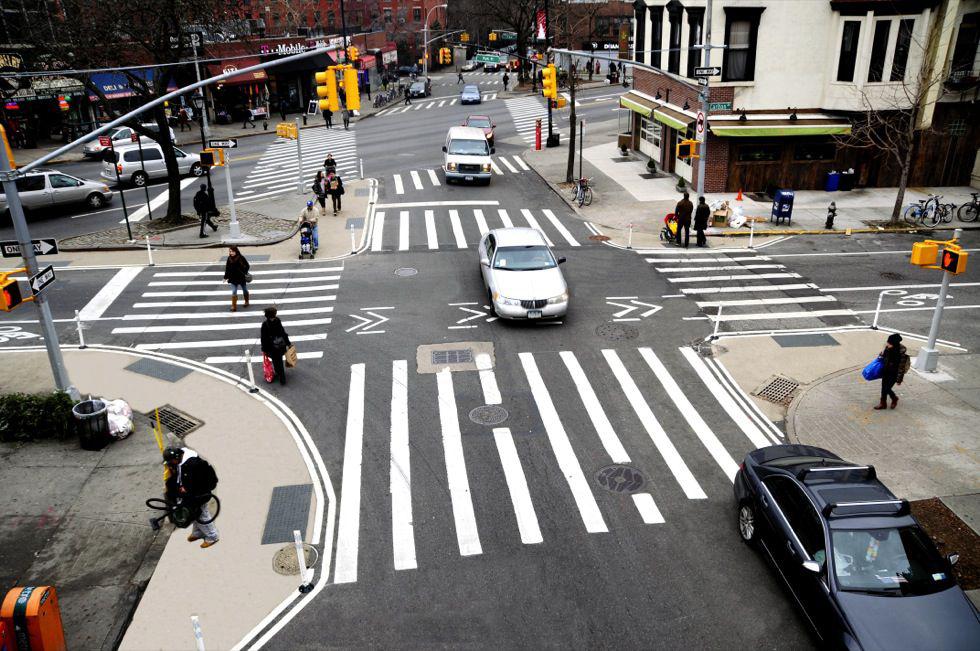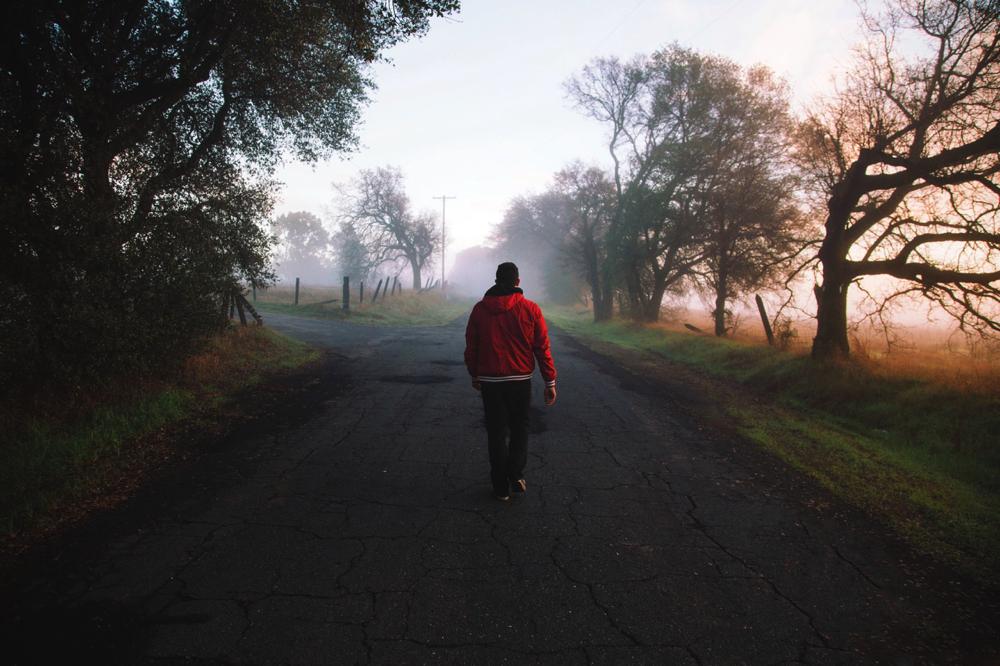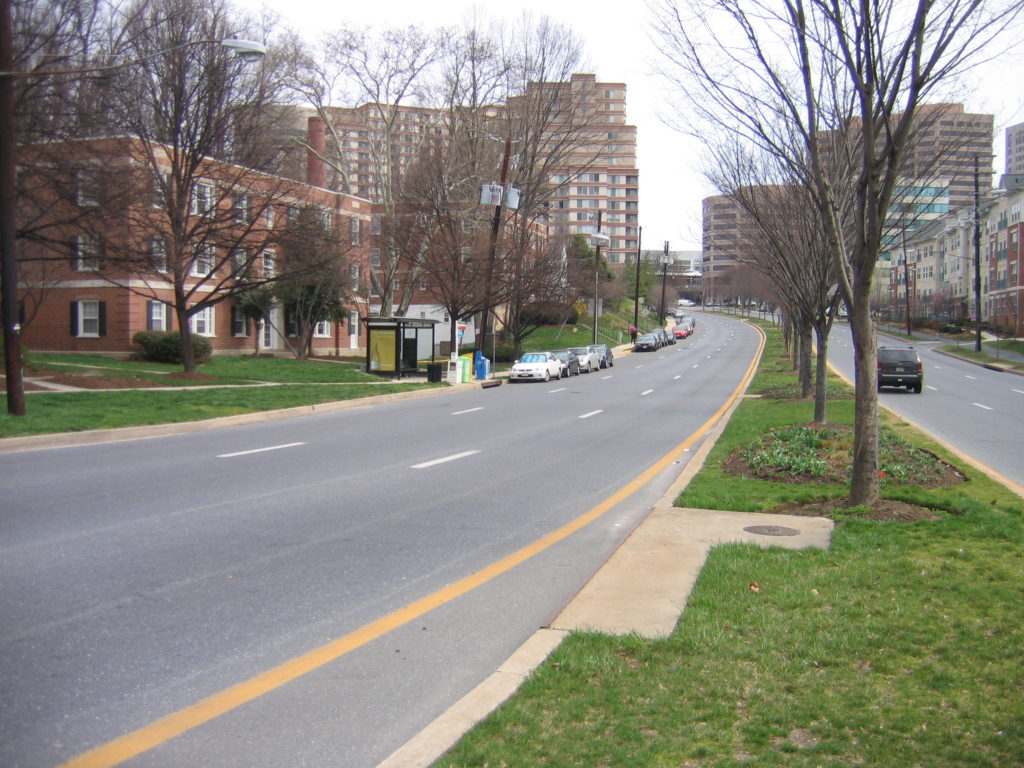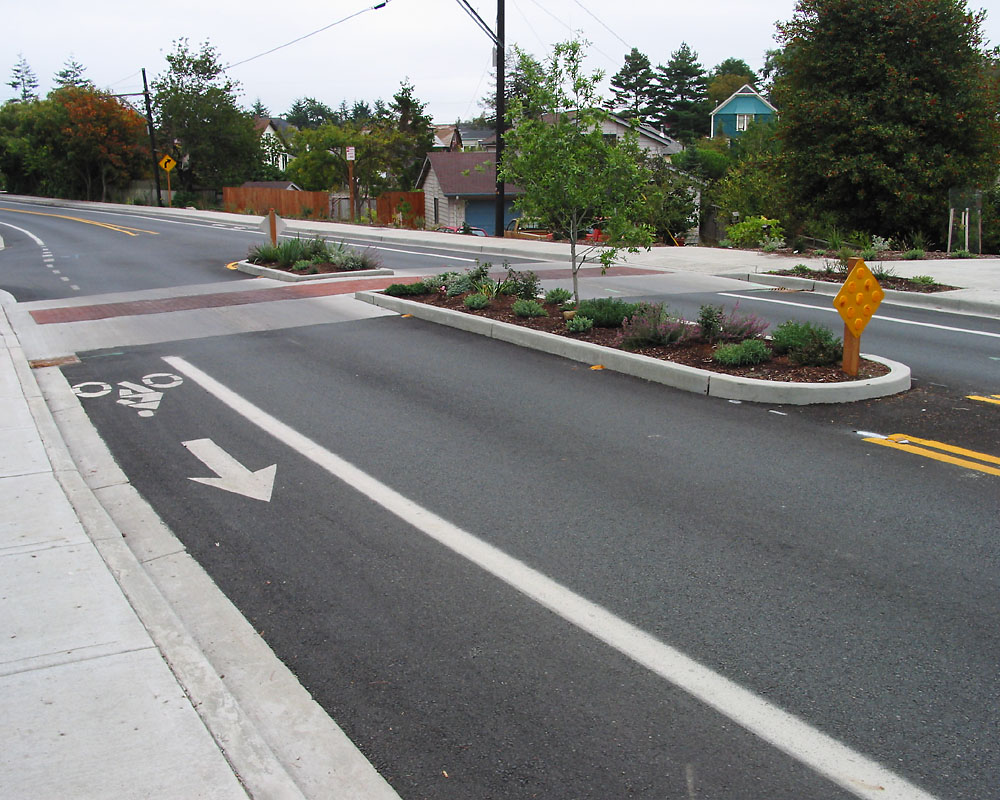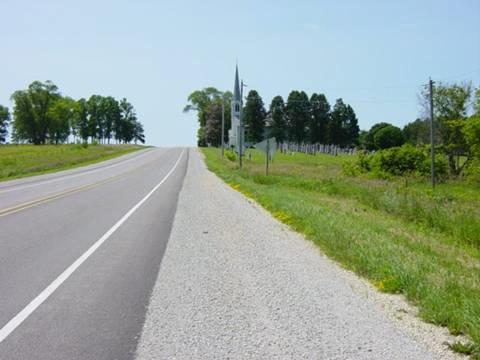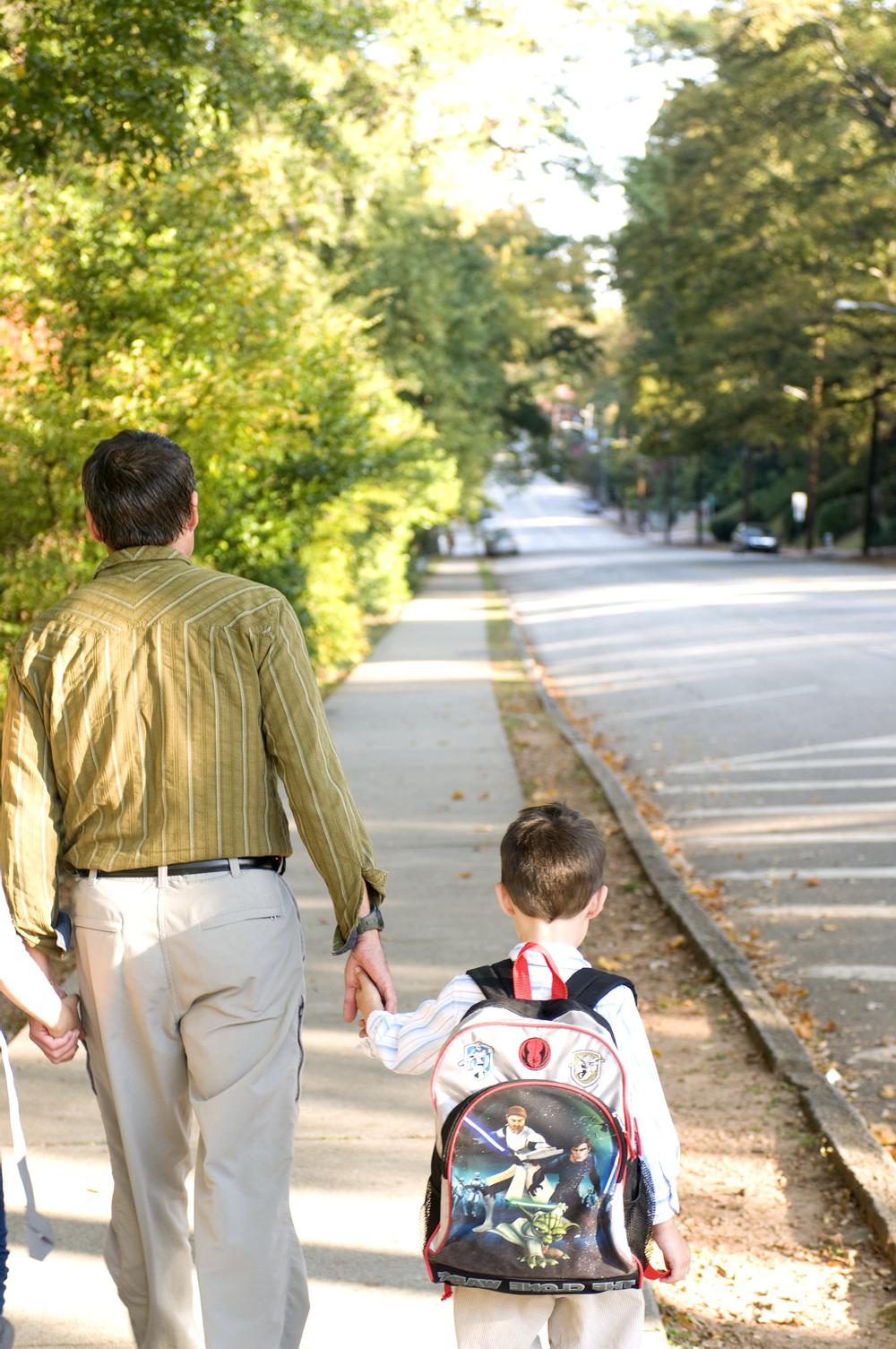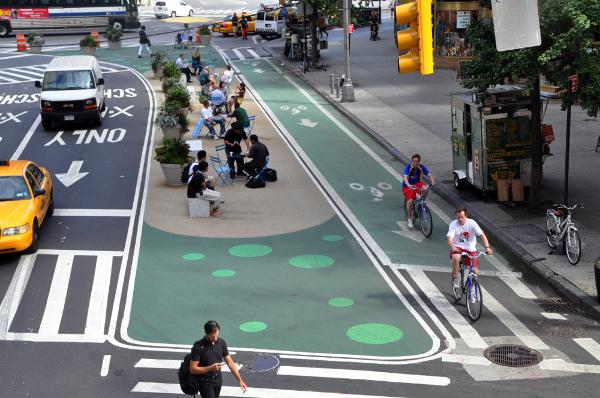Instructions:
Identify the non-motorist’s location at the time of the crash.
Definition:
The location of the non-motorist with respect to the trafficway at the time of crash.
Rationale:
By the collecting the location of the non-motorist at the time of crash, this element is important for developing effective roadway design and operation, education, and enforcement measures to accommodate pedestrians and cyclists and prevent crashes with motor vehicles.
Accuracy Checks
- If this field is complete, confirm the non-motorist check box is also indicated.
Other Related Fields
Non-Motorist Condition; Non-Motorist Indicator; Non-Motorist Type; Non-Motorist Action
Data Quality Audit Results
| Report Type | Acceptable | Inconsistent | Invalid | Empty | ||||
| Local Police (electronic) | 15 | 78.9% | 1 | 5.3% | – | – | 3 | 15.8% |
| Local Police (paper) | 8 | 57.1% | – | – | – | – | 6 | 42.9% |
| State Police (electronic) | 1 | 33.3% | 2 | 66.7% | – | – | – | – |
| Total | 24 | 66.7% | 3 | 8.3% | – | – | 9 | 25.0% |
The Non-Motorist Location field was completed in an acceptable way in 67 percent (24 of 36) of the reports reviewed. Of the three police submission types, the State Police had the lowest acceptable rate, at about 33 percent of their reports (1 of 3). The biggest issue for local police was that for paper submissions, about 43 percent (6 of 14) of the reports had this field left blank.

